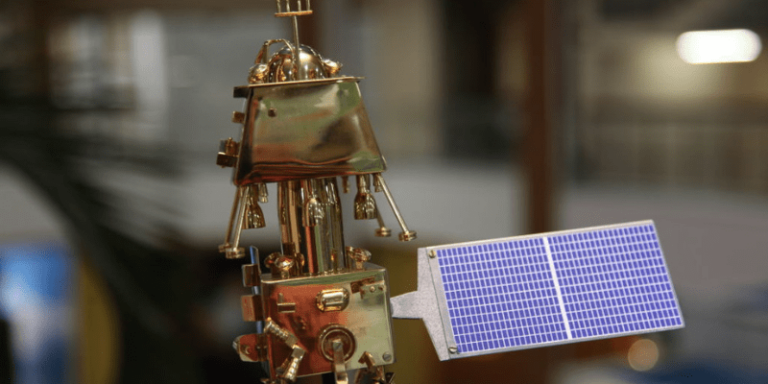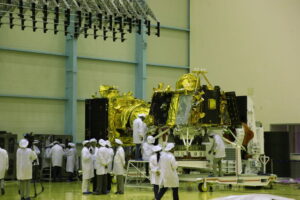India’s Moon Landing – Small Success, Big Failure
India landed on the moon - sort of.
By: Mark Angelides | September 9, 2019 | 391 Words

(Photo by Pallava Bagla/Corbis via Getty Images)
India has landed a machine on the moon, but the country’s attempts to make a successful moon landing may have failed. The Vikram, a lunar lander containing a rover vehicle that would have carried out experiments on the moon’s surface, appears to have had “a heavy landing.” Scientists have not been able to contact the mobile laboratory.
Only three other nations – the US, China, and the former Soviet Union – have ever successfully landed a spacecraft on the moon. Until Indian scientists can reconnect to the rover, the Indian Space and Research Organisation (ISRO) can not yet claim to be the fourth.

ISRO lost touch with the lander as it ended its descent. Although images show that the device is on the surface, scientists do not know whether this was a crash or a landing. At present, it seems as though the lander is resting on its side.
From lift-off to landing, the project, known as Chandrayaan-2, took a total of 48 days. In the control center in the city of Bengaluru, scientists watched in silence as Vikram approached the moon’s surface.

(Photo by Pallava Bagla/Corbis via Getty Images)
When asked what went wrong, several scientists suggested that one of two things likely happened. The first theory is that when Vikram was landing, either a thruster or a sensor was not working, and this caused it to topple over. The second idea is that when it landed, a lot of dust was pushed up that stopped the unit being able to connect with the control center back home.
The rover, a 27-kilo vehicle named Pragyan (which in Sanskrit means “wisdom”), was supposed to study moon craters that are permanently in shadow, and to test if they contain water deposits. Without being able to connect to the movable science lab, the project is officially over.
The Chandrayaan-2 mission was so exciting because it was supposed to investigate areas of the moon that are almost always in shadows. This is unexplored territory, and we have little idea of what kind of minerals or other things of interest might be there. K. Sivan said, “This particular south pole is in a shadow region. Because of these special characteristics, it is believed that new sides will be hidden. It is a place that nobody has explored.”
















